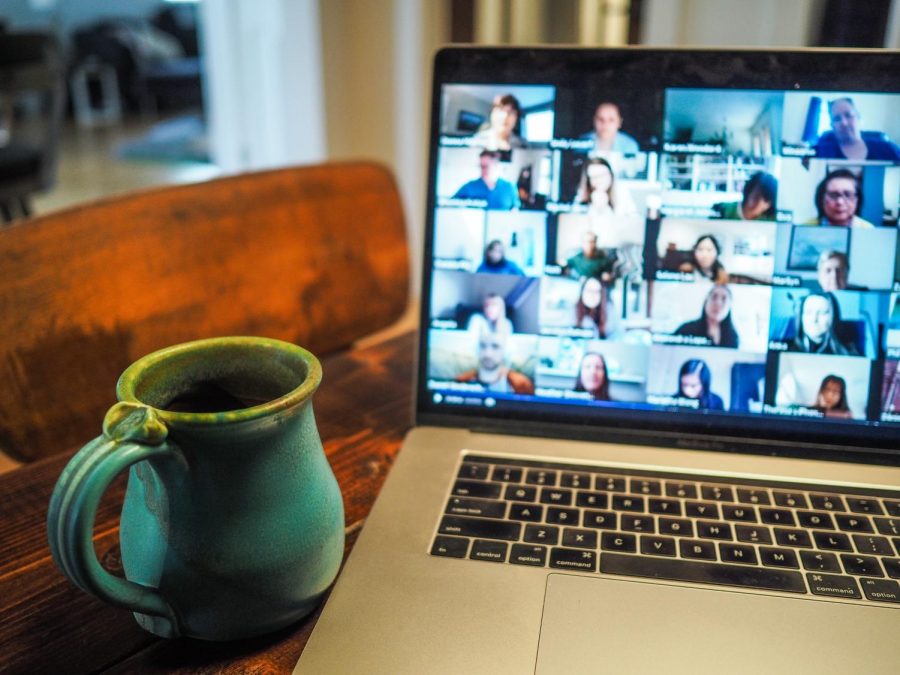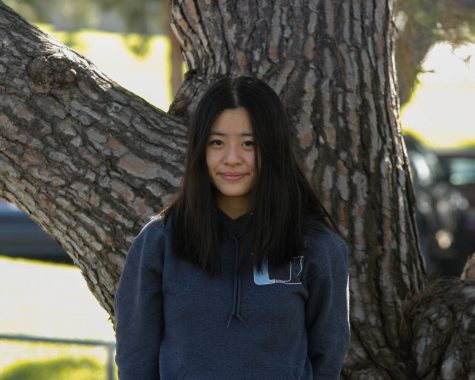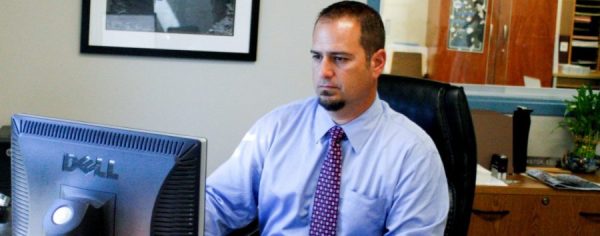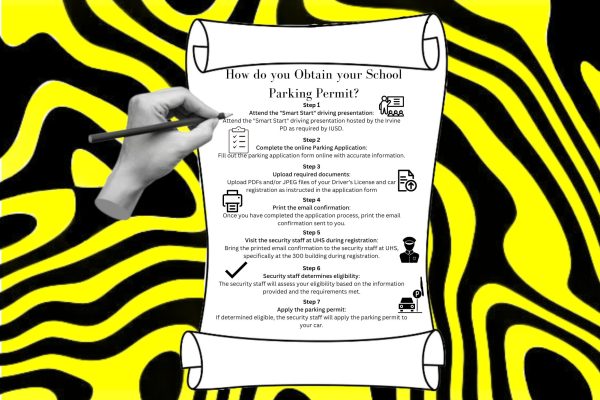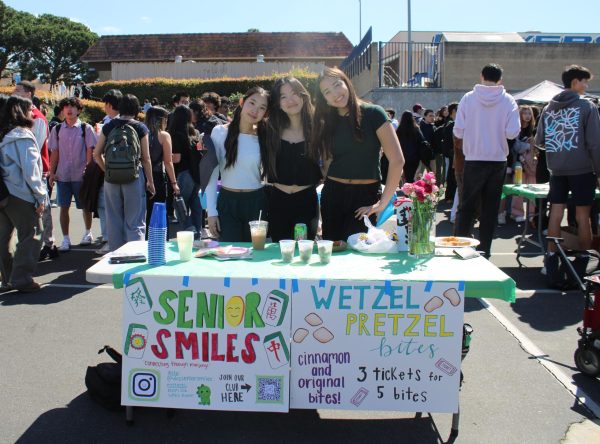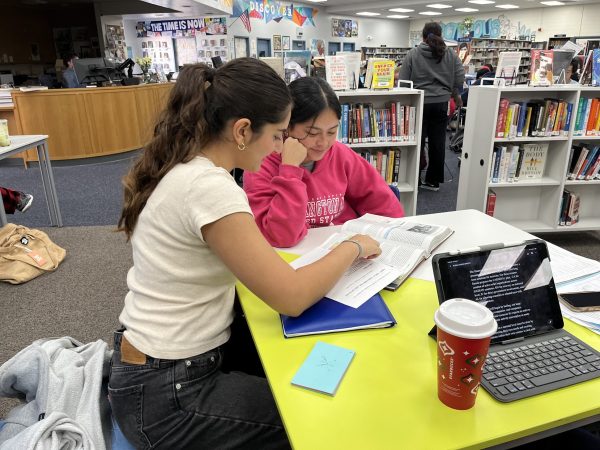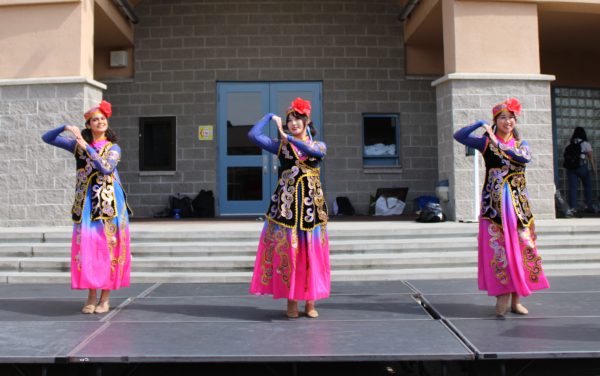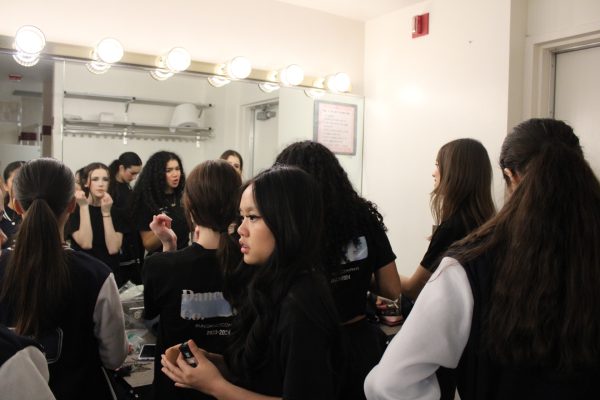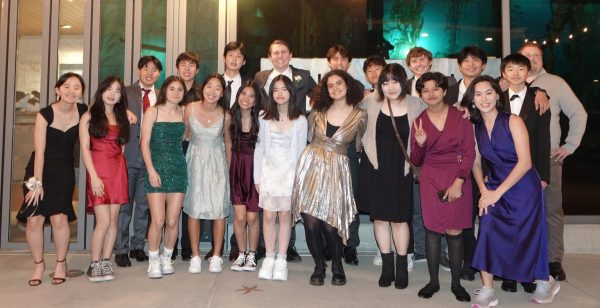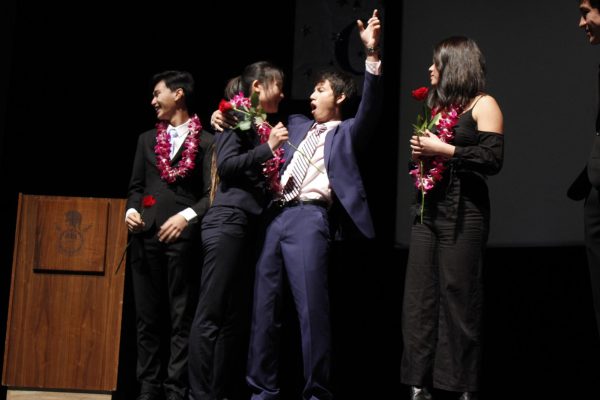Teaching During COVID
April 13, 2021
The worldwide lockdown due to the COVID-19 pandemic has caused major challenges for the school system. Teachers have had to adapt their instruction to hybrid distance learning, and parents all of a sudden had had to take on a new pedagogical role despite their other responsibilities. Students themselves have also faced many challenges—they might be in difficult situations at home, and they do not have as much face-to-face support from their teachers and peers.
Across the country, the pandemic has rewritten the syllabus for this school year. Teachers especially are facing formidable obstacles and challenges, whether it is teaching half a classroom of students all masked-up or virtually through Zoom meetings. And as we mark the end of Uni’s first ever hybrid model school semester, the challenges that the COVID-19 pandemic has added to our teachers and staff are evident.
Compared to previous years, AP Physics teacher Mr. Smay feels that one of the most noticeable differences he felt this school year were his distant connections with students. “Normally, I feel like I know my students well: I know what is happening in their lives, their interests, etc. This year, it has been very hard to get to know my students,” Mr. Smay said.
Many UHS students rely on their teachers not only for academics but also for a sense of stability and comfort. But since most hybrid students and teachers and all IVA students and teachers now depend on technology for communication, the dynamic of teaching and learning is shifting in ways that creates challenges in forming connections between students and teachers.
“Some of our biggest challenges are connecting with students and having students engage with one another,” Physics and Chemistry teacher Mrs. Burnside said. “We do not have the time to engage, let alone connect with kids.”
The relationships teachers form with students—and vice versa—are so often the key to educational success. UHS teachers and staff work hard to develop bonds among students and with students, so that they can learn in a comfortable environment free of judgement.
Another major challenge for UHS teachers is the time constraints, a problem especially affecting AP class teachers as the AP tests approach in less than two months time.
“One of the biggest challenges for me is time,” AP Chemistry teacher Mr. Brighton said. “I am constantly battling against time, whether it be not having enough for face-to-face with students or trying to get the same content and experiences into AP Chemistry despite the time constraints.”
In order to accommodate the constantly varying circumstances his students are put in, from quarantining to missing in-person classes, teachers such as Mr. Brighton and Mr. Smay post instructional recordings for students to watch at their own pace and time.
“While this is anything but a normal year, I appreciate the flexibility of at home learning: It allows students with different sleep patterns to work around their schedule,” Mr. Brighton said.
More than half of the school year has already passed, and teachers continue to adapt their instructional methods and curriculum to the ever-changing needs of their students and the constant challenges that arise.
“We’ve all had to cut the curriculum,” Mrs. Burnside said. “I have had to rely on my colleagues a lot more, since there is so much prep work and everything takes longer—we need to address people at home and in-person, while additionally making accommodations for kids who are out, absent, or in quarantine.”
Especially for our AP teachers, the picture of instruction that has emerged since the coronavirus has serious implications on instructional timelines before the tests in May. A lot of classes cut content included in previous years to account for the time constraints, and many interactive activities were removed due to the guidelines on minimal contact.
“Going from seeing students from four days a week to only once physically, much has had to be cut from the class,” Mr. Smay said. “In years past, I have taught a comprehensive physics course. Now, I am simply trying to teach according to the test.”
As we continue to navigate this unprecedented year, our teachers and students are doing their best to adapt to an constantly changing environment. Teachers and students alike have shown strong resilience and adaptability, and despite this year’s challenges, UHS has proved its ability to overcome these challenges as the pandemic continues and in its aftermath.


